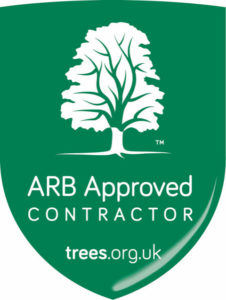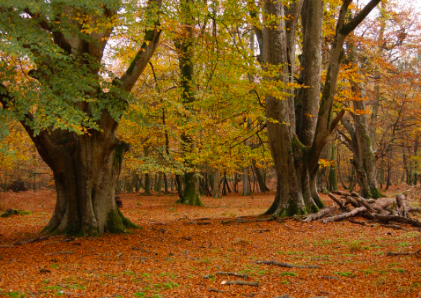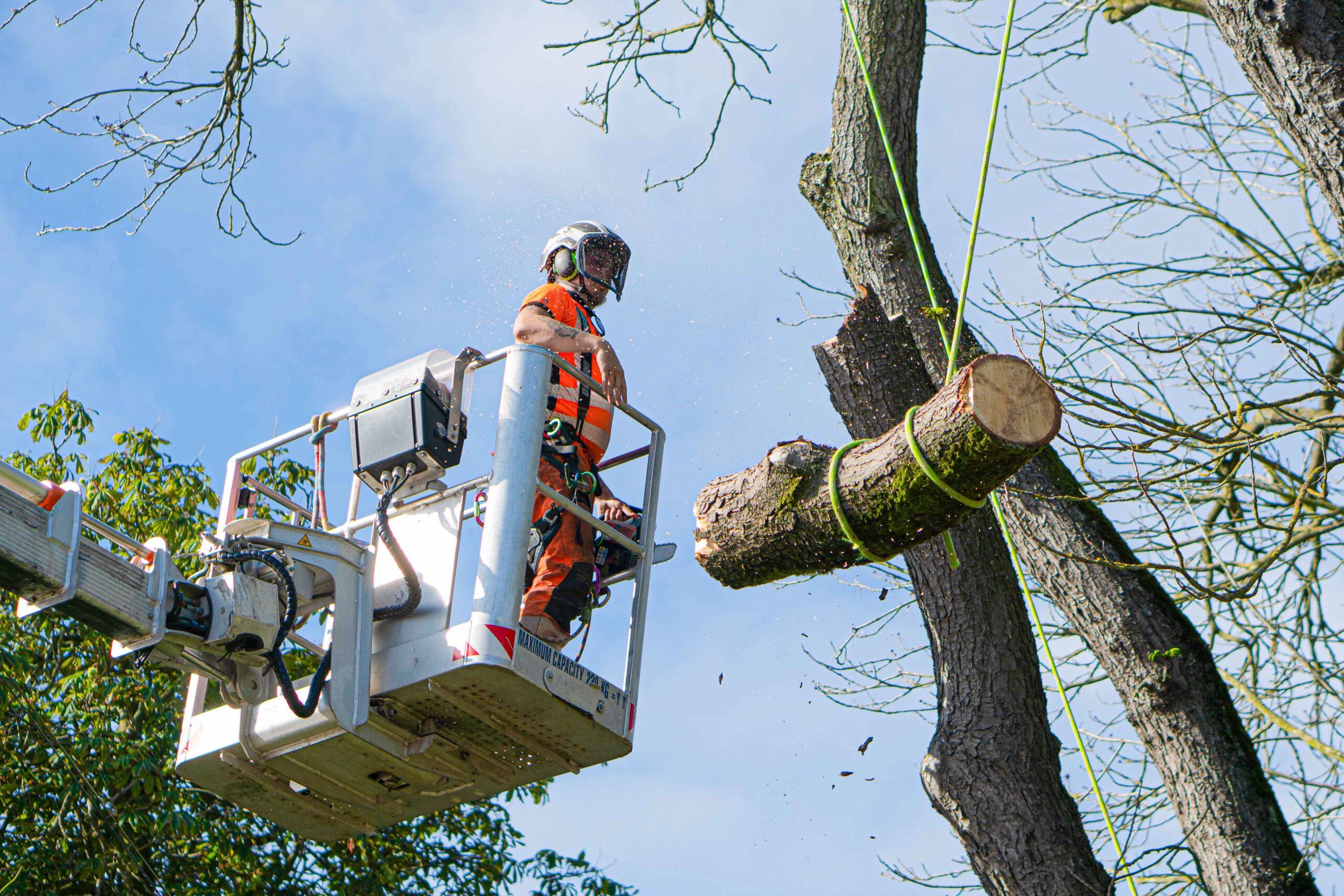What is an ancient woodland?
An ancient woodland is an area of land that has had a substantial amount of tree cover for hundreds of years. This woodland has also remained as a relatively undisturbed area from human activity and development. An ancient woodland has features such as:
- Bluebells
- Wood anemone
- Primrose
- Lily-of-the-valley
- Red campion
- Barnacle lichen
- Lungwort lichens
- Scaly male fern
- Hard fern
- Guelder rose
- Small-leaved Lime
- Wild service tree
- Hart’s tongue fern
- Lemon slug
- Hazel gloves fungus
- Violet click beetle
- Pendulous sedge
- Spindle
- Dogs mercury
- Wild garlic
What is ancient woodland restoration?
The restoration of ancient woodlands, particularly in the UK is the attentive process of removing threats to the woodland. These threats include non-native plants, such as; rhododendron, snowberry and Himalayan balsam.
The removal of the above non-native plants will then enable the regeneration of native trees and plants within the woodland, which will then also enable wildlife to thrive as well.
As standard, there is a three-phase procedure into the restoration of an ancient woodland.
To begin, the first phase is to maintain and protect what remains within the ancient woodland already. This is a reactive and targeted phase which includes the felling of plantation trees and/or the removal of invasive, non-native plants.
Moving onto the second phase, this is the long-term process of restoring the wider eco-system within the woodland. This means that the identified threats to the woodland need to be continually managed in order for the restoration of the woodland to be successful. This could include the following:
- Continued felling to promote native tree regeneration.
- Reduced deer browsing.
- Developing structural complexity.
However, it must be remembered that it is essential to be mindful of the potential outcomes and to use gradual methods. By doing so, this helps to maintain the adaptability and continuity over a gradual process that can last over several years. Finally, the third phase is to maximise the ecological integrity of the woodland (this phase can run alongside the second phase). Phase three is important as it is the main plan for the succession of mature and veteran trees within the ancient woodland. This includes features such as deadwood as this strengthens the integrity and resilience of ancient woodland habitat to assist wildlife to thrive.




